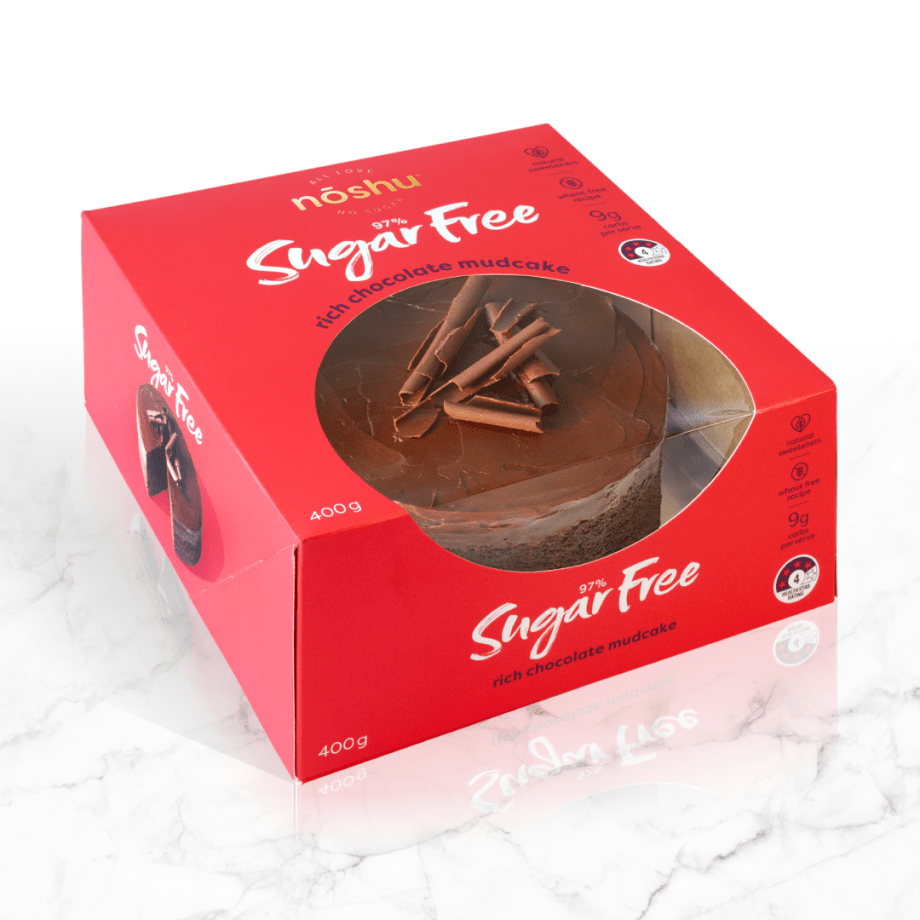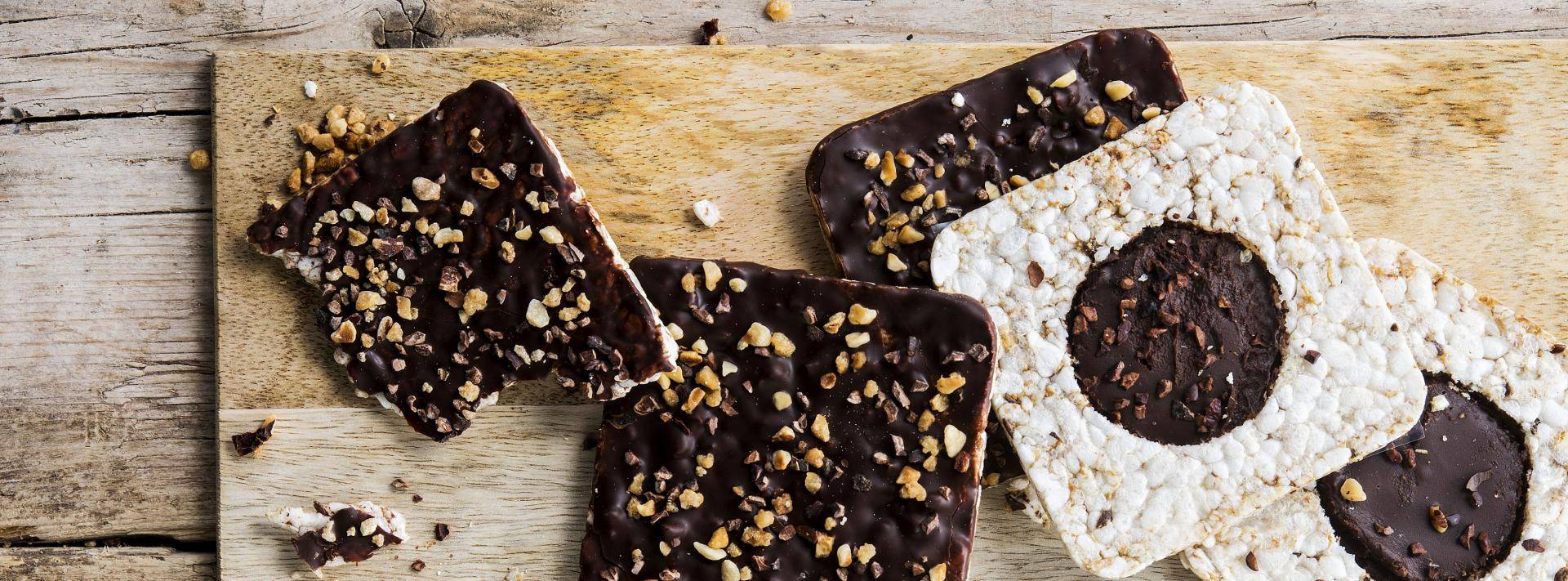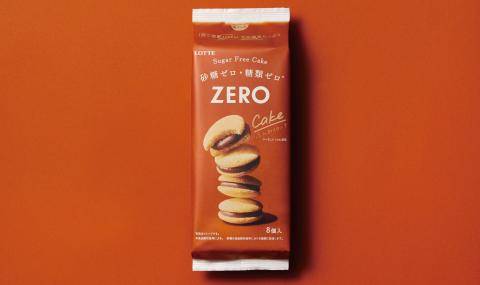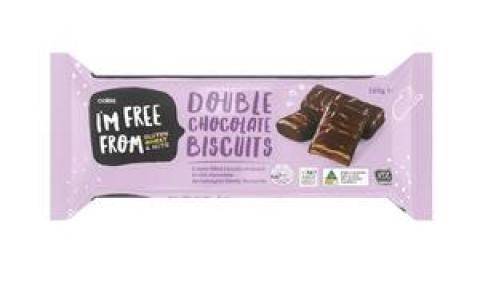
Coles Wholesome Blueberry & Banana Muffin Bars (Australia)
reduced sugar and salt
1. Gradual reduction
Gradually decreasing the sugar level a product contains allows consumers to get accustomed to your changing product taste over time without affecting their perception of your product. However, this solution can only work up to a certain point without affecting the product’s organoleptic properties. This reduction that takes place bit by bit is not often claimed on the packaging, but part of a more extensive health & wellbeing corporate strategy.

Glico Sunao (Japan)
50% reduced sugar
2. Claiming sugar reduction
To claim the “reduced in sugar” label, the overall sugar level in a product should be 30% lower than the market average. This classification is used in particular for biscuits and cereals. In these categories, wholesomeness is an important consumer benefit.
Within the cake category, “reduced in sugar” claims are now seen on products for health conscious consumers and kids or with a sports & nutrition positioning.
Within the cake category, “reduced in sugar” claims are more often seen with sports and nutrition type of products.

Noshu (Australia)
97% sugar free rich chocolate mudcake
3. Claiming No sugar
If the previous two options do not appeal to you and you want to eliminate all sugar from your products, you can replace it completely with sweeteners (fibers, polyols, stevia, ...). There are two variations on the claim:
a) Sugar-Free:
Your product cannot contain more than 0.5% sugars of any sort.
b) No added sugar or Without added sugar:
In this case, the added sugar is fully replaced but recipe allows for some residual sugar and other sugars like lactose, etc…
Products with a “no added sugar” mention have proven particularly popular within the biscuit category. The number of product launches with this claim doubled over the last 5 years. The natural and unprocessed halo of the classification appeals to consumers needs for a wholesome choice.

Discover our reduced sugar chocolate solutions
Whichever path you choose to take when it comes to sugar, remember that ensuring your product tastes just as good is essential. Chocolate is there for pleasure, after all.
Tip: chocolate without added sugar can only be used in combination with a dough that does not contain any added sugar either.
Barry Callebaut has been developing a range of bakestable sugar reduced chocolate solutions that work well with all your sugar reduction strategies.











